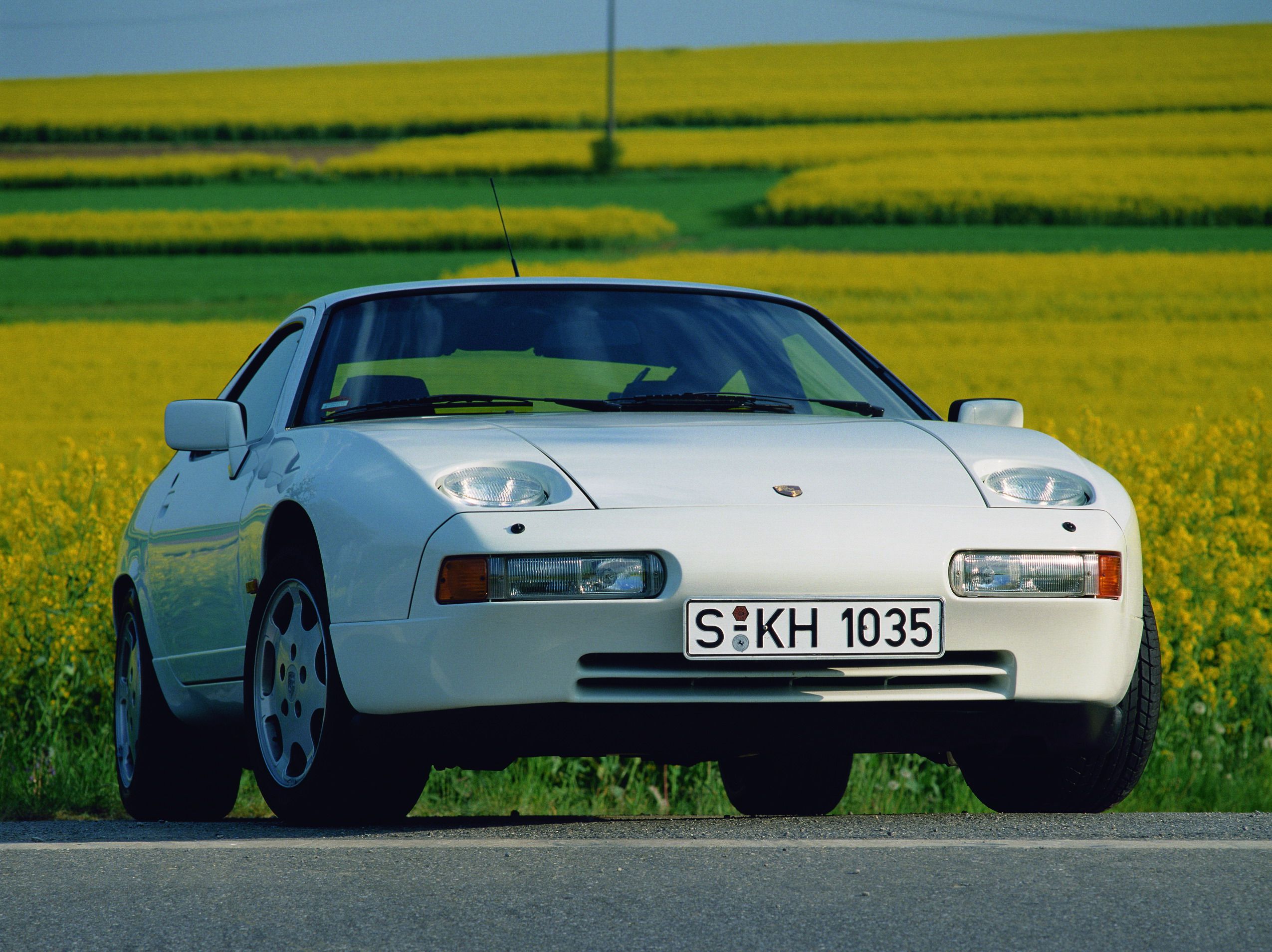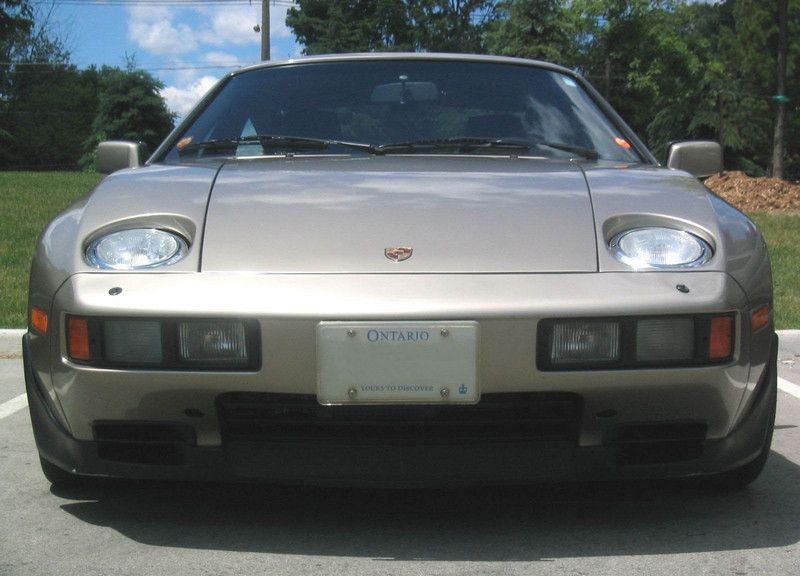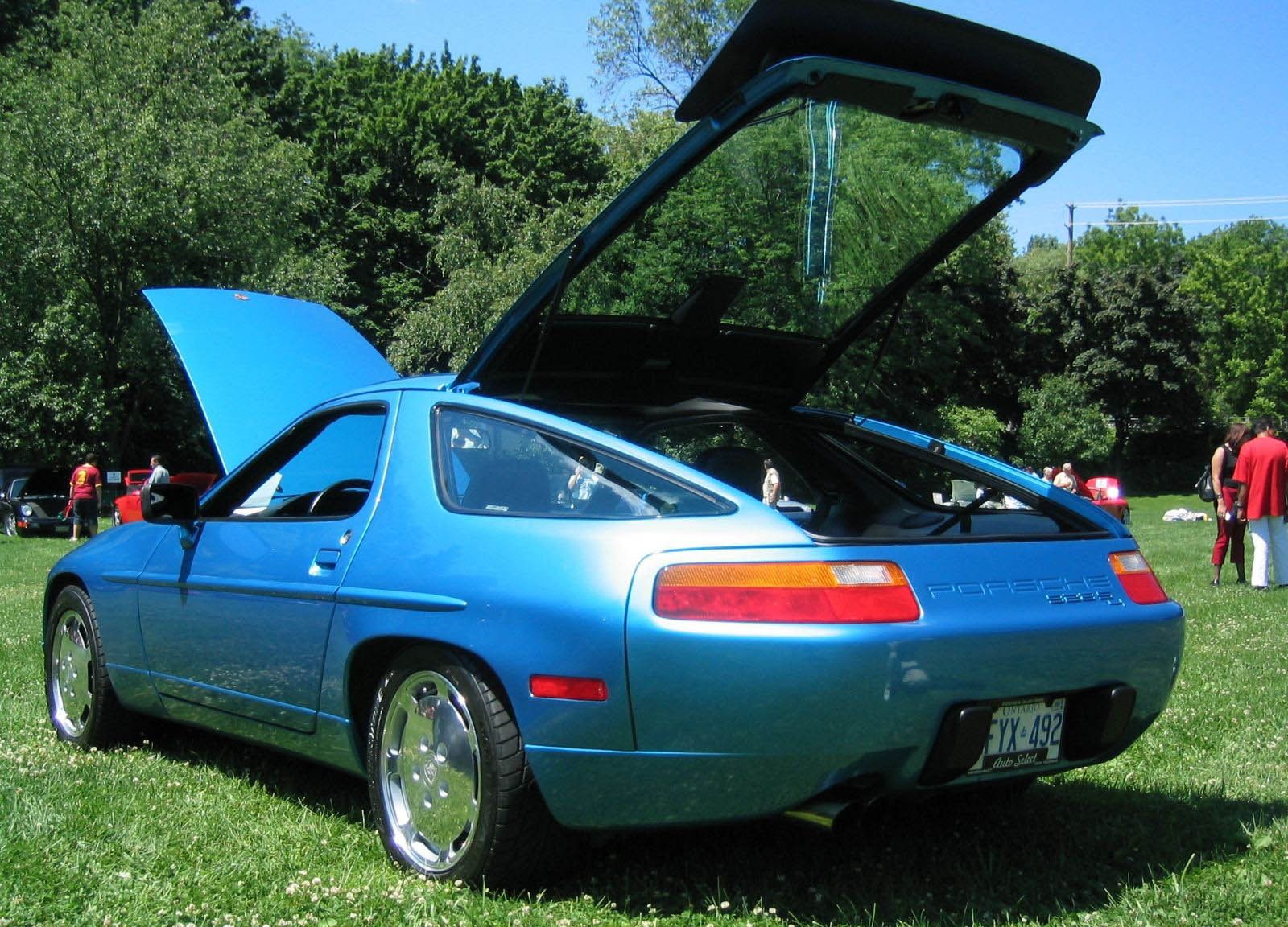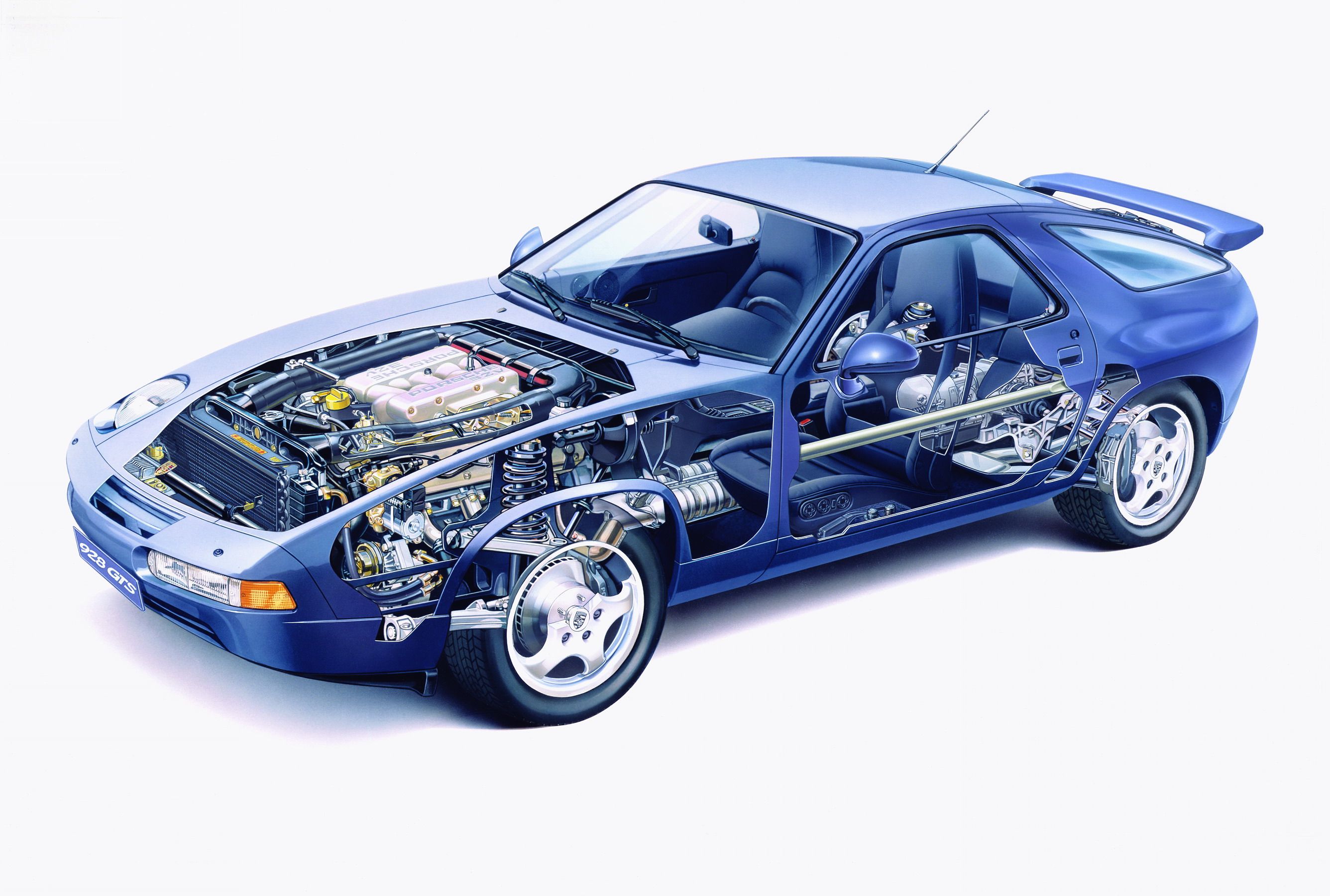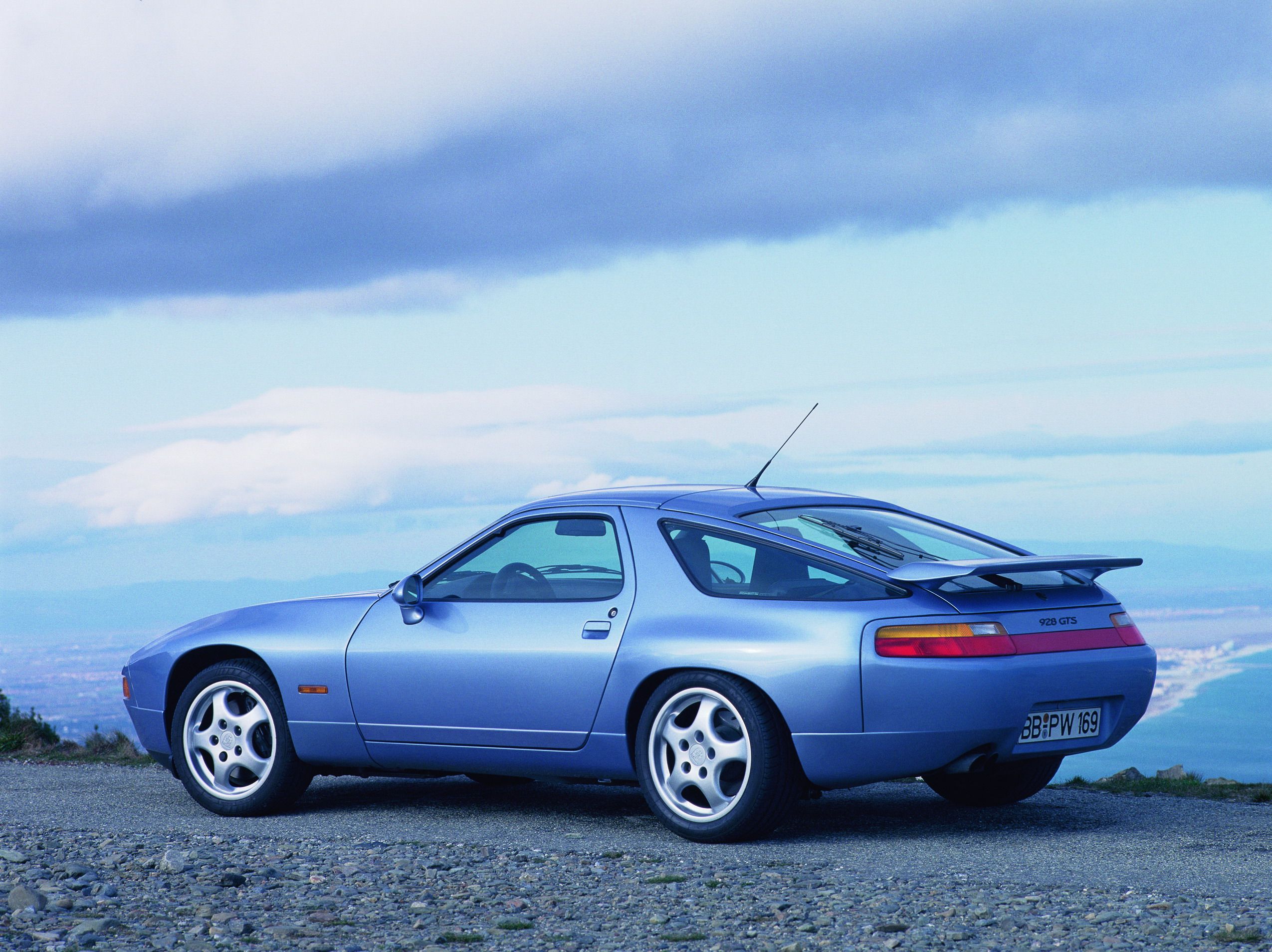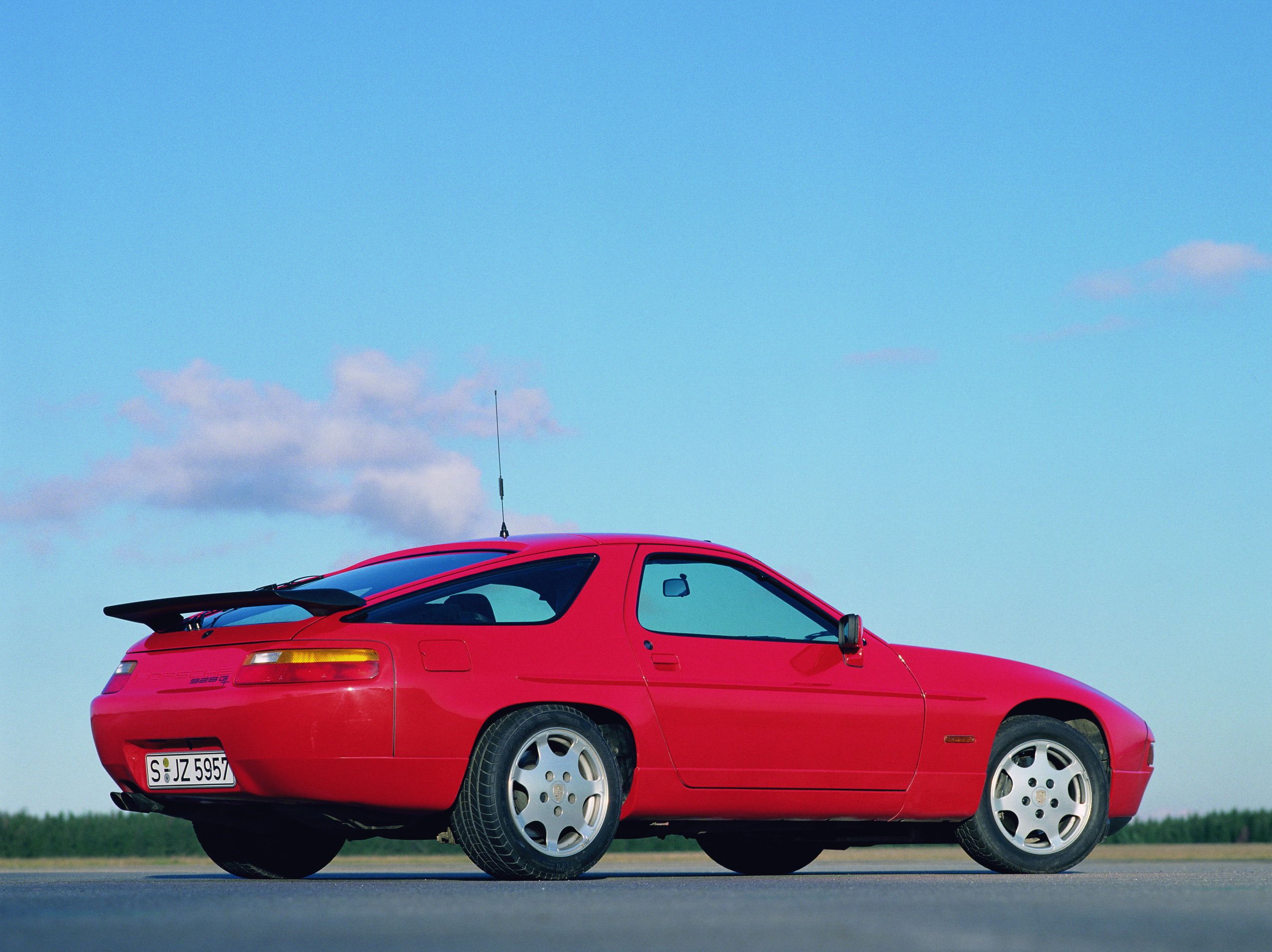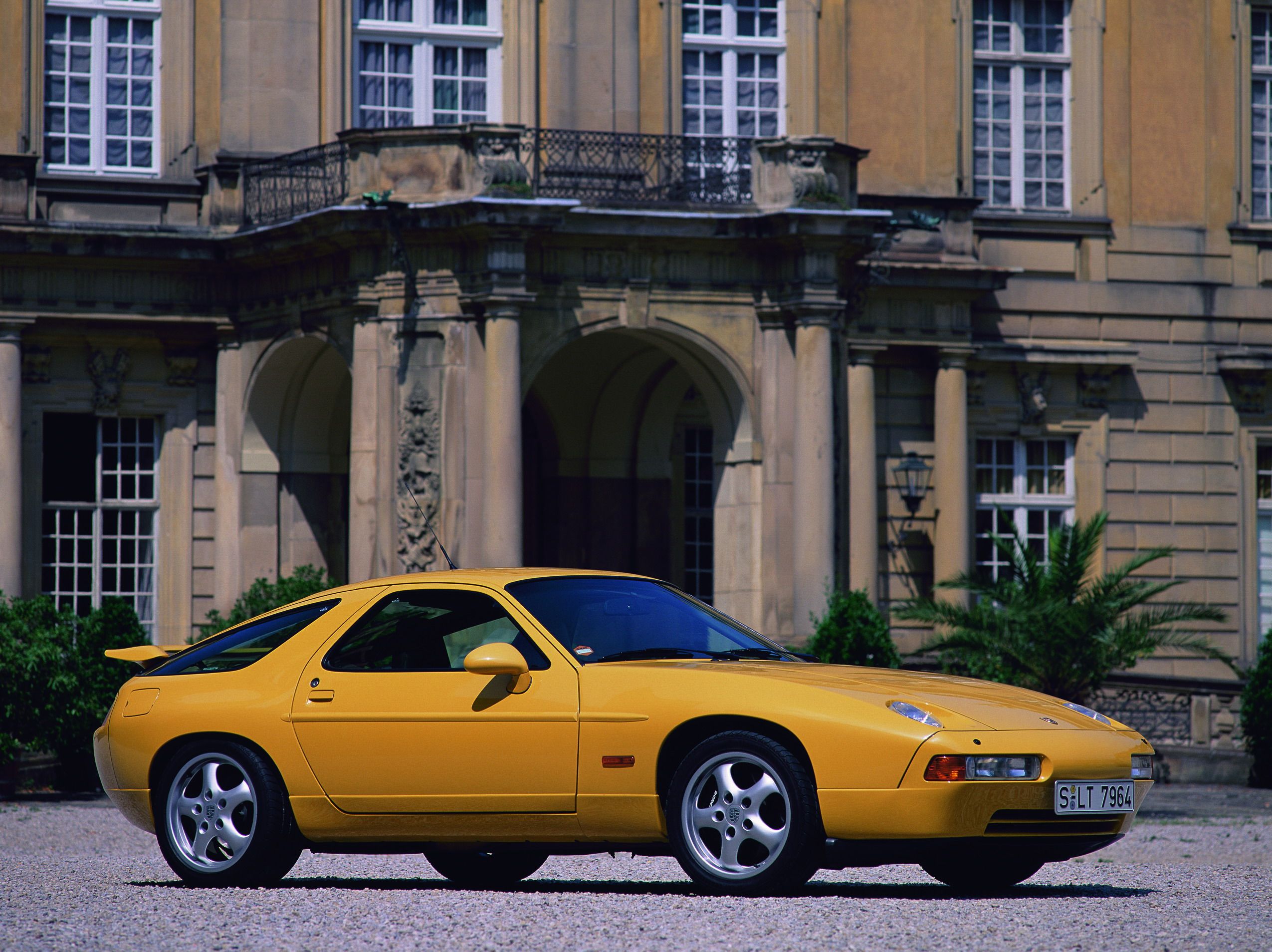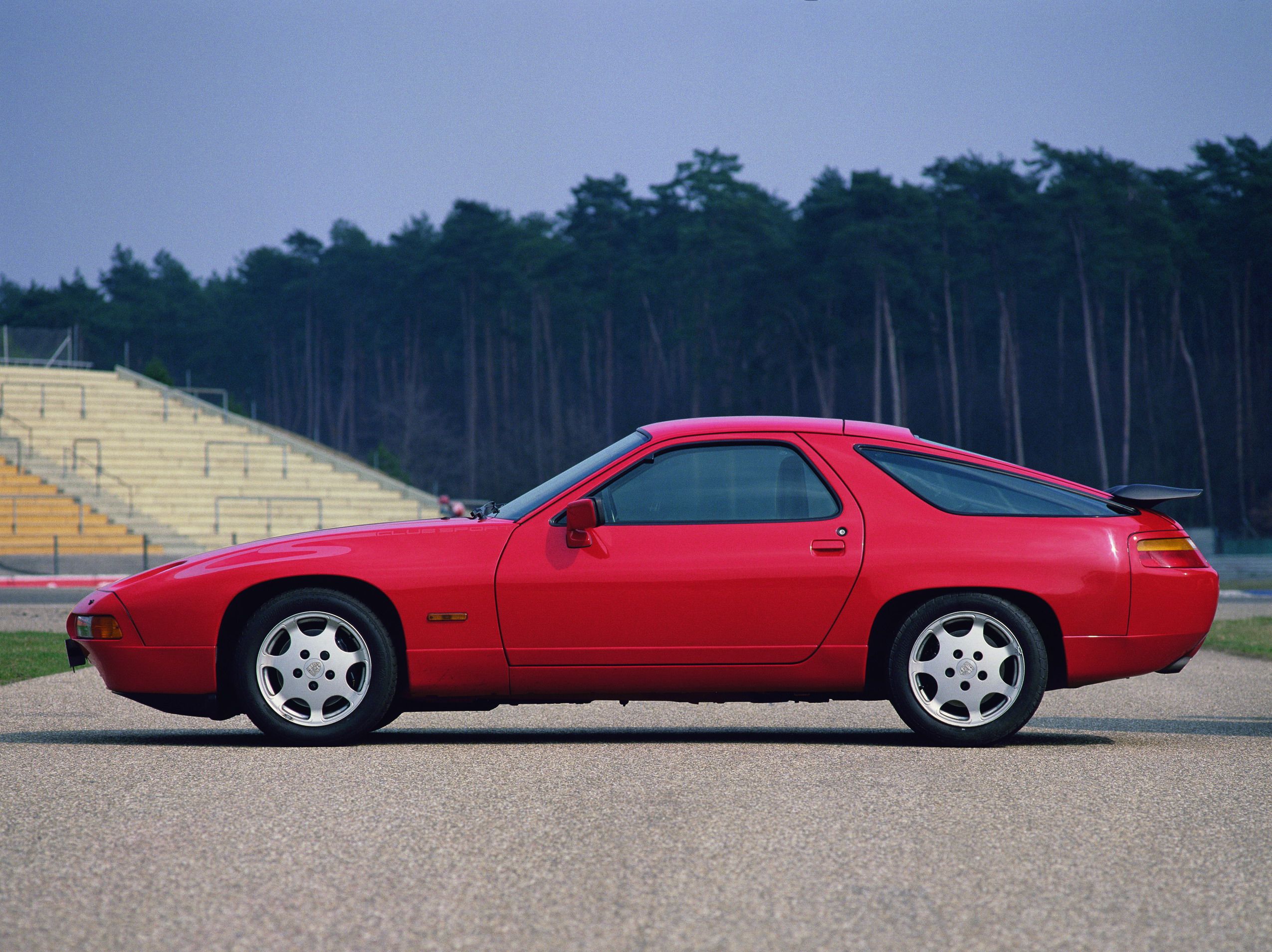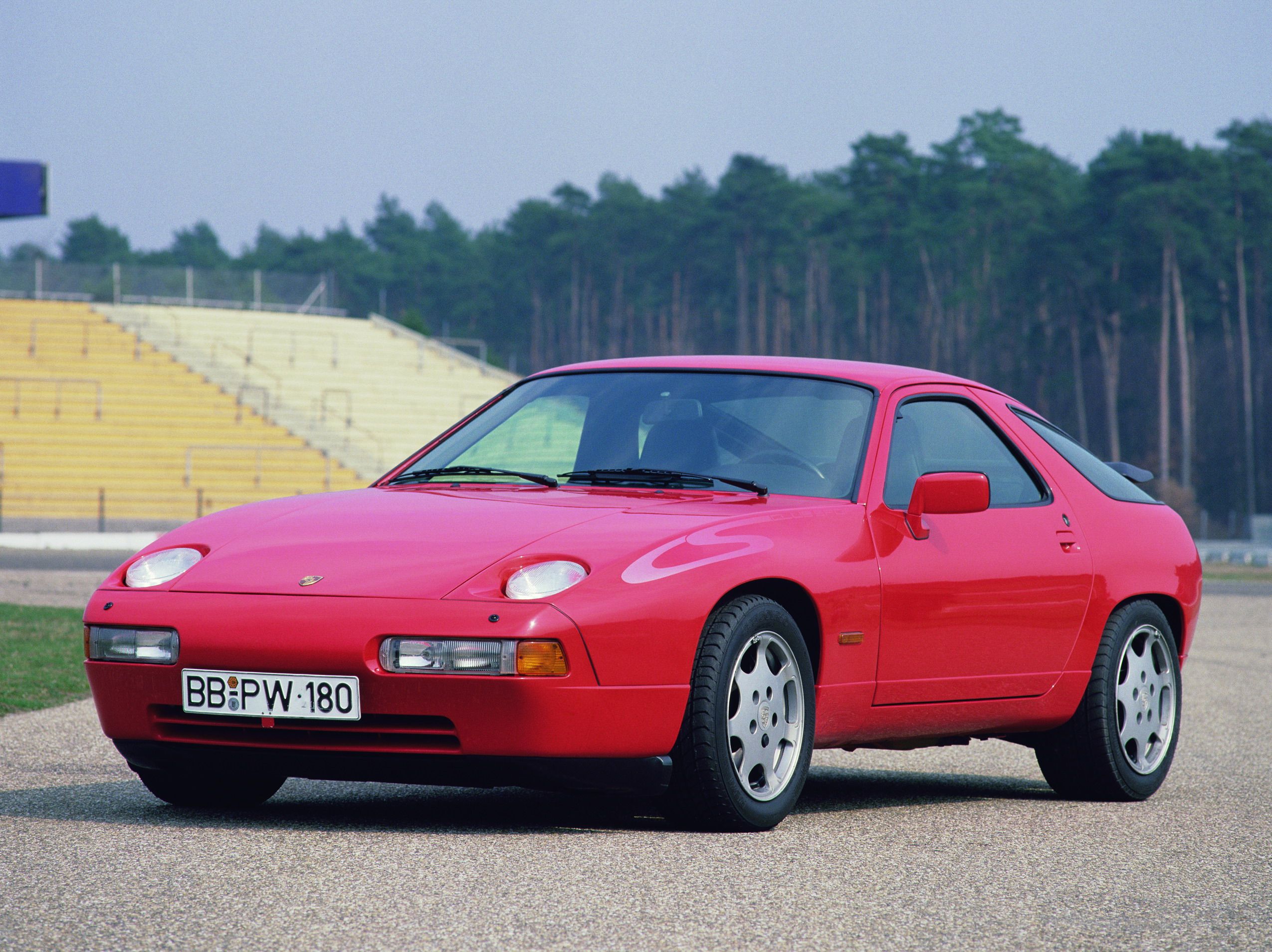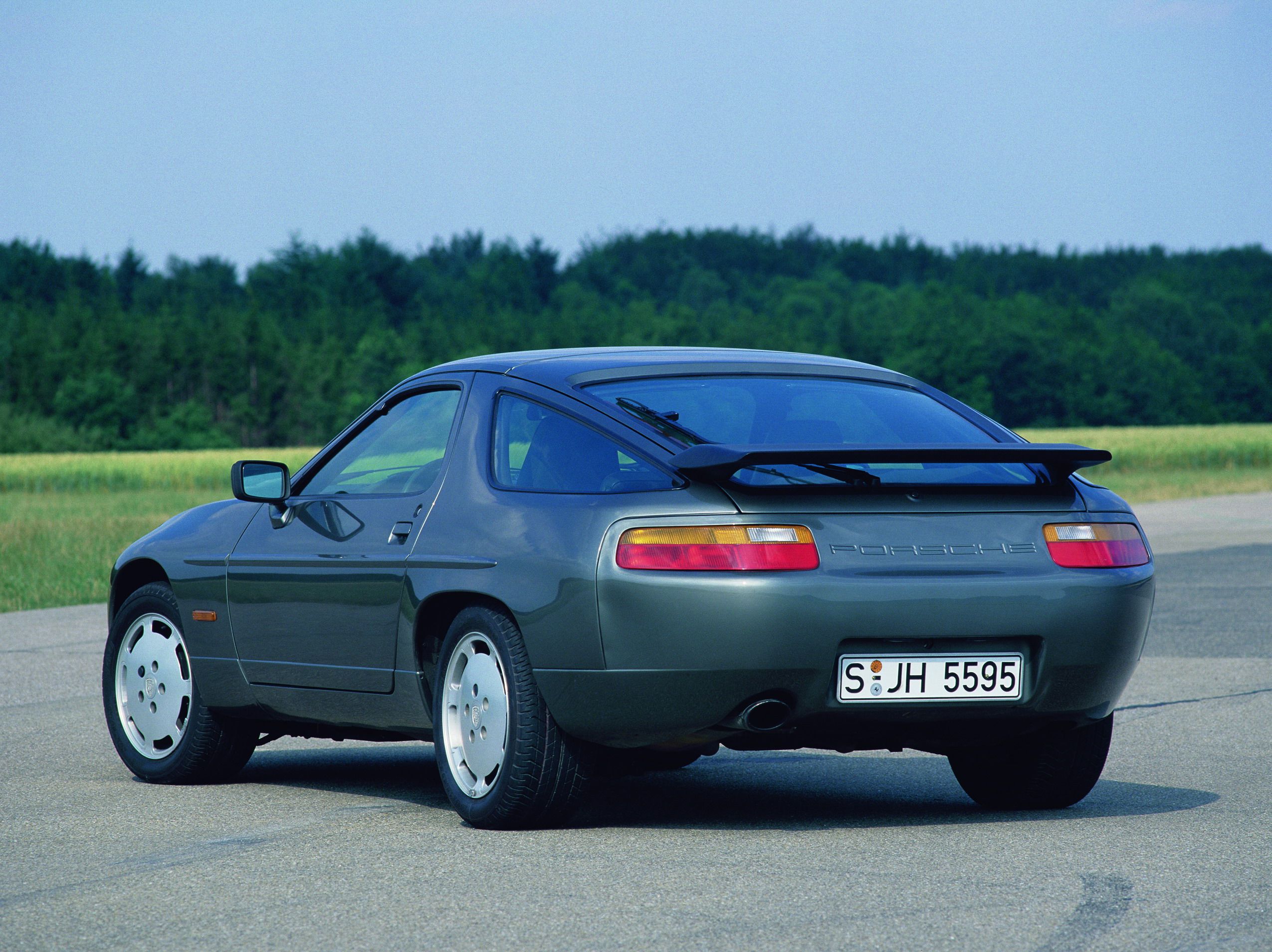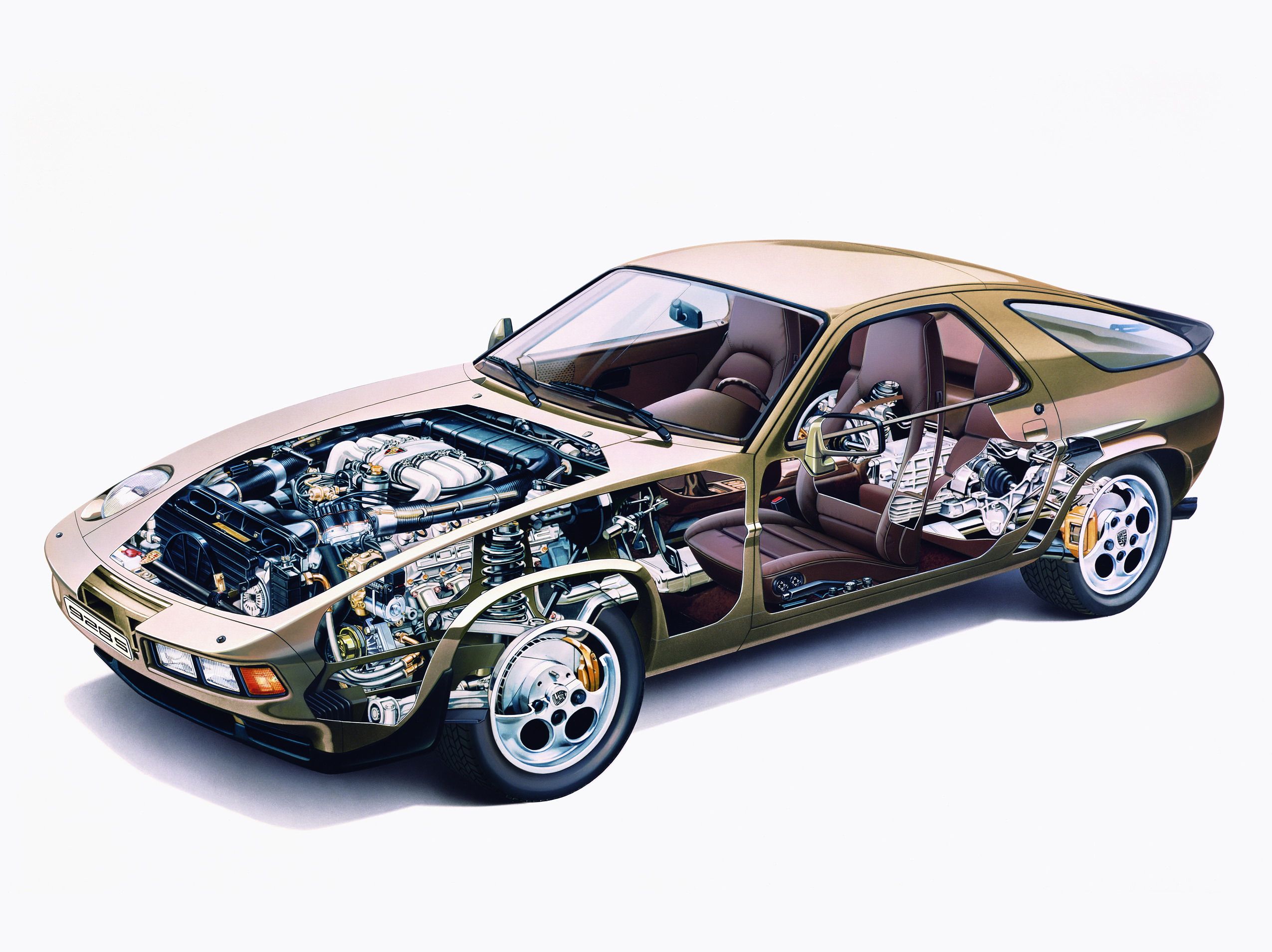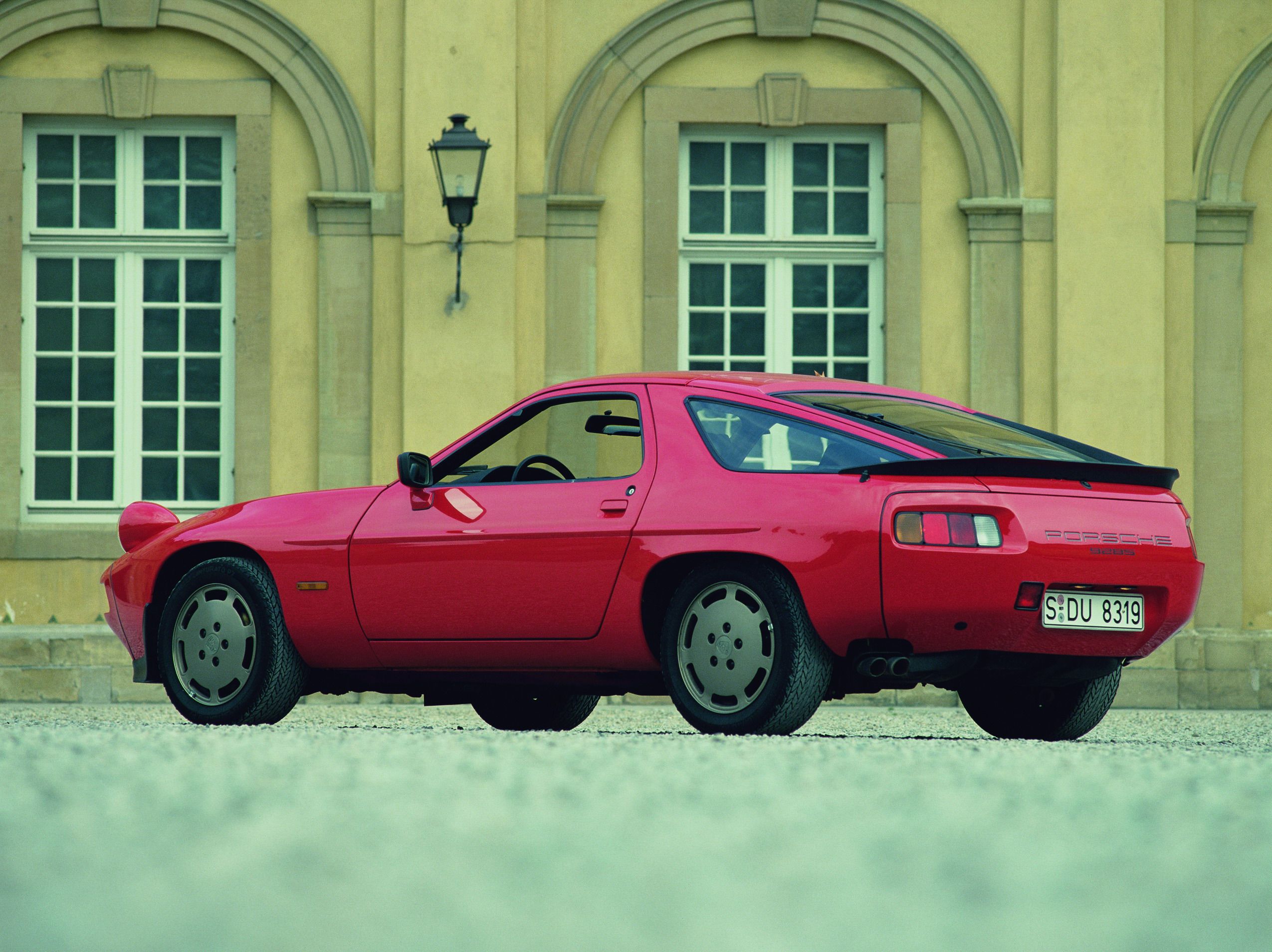The Porsche 928 was the company’s first production car with a V-8 engine and the only coupe powered by a front-mounted V-8 as of today. Developed in the 1970s as a replacement of the 911, the 928 was eventually sold alongside the rear-engine sports car. Production lasted from 1977 until 1995. Porsche’s only luxury grand tourer up to date, the 928 was sold in various configurations. In addition to the base model, Porsche offered an S variant and later on changed the badge to the 928 S4. Club Sport (CS) and GT versions followed while the final four model years saw the 928 sold as a GTS only. While it wasn’t as popular as the 911, the 928 developed a following, and it’s now considered a classic.
1978 - 1995 Porsche 928
- Make: Array
- Model: 1978 - 1995 Porsche 928
- Engine/Motor: 4.5 liter V8
- Horsepower: 345@5700
- Torque: 4250
- Transmission: 5-Speed Manual
2005 Porsche Boxster S (987)
- Make: Array
- Model: 2005 Porsche Boxster S (987)
- Engine/Motor: 4.5 liter V8
- Horsepower: 110@5750
- Torque: 3500
- Transmission: 5-Speed Manual
- [do not use] Vehicle Model: Array
The Porsche 928 was sometimes called either Shark or Land Shark, due both to its shark-like appearance and its ability to 'eat up' large segments of road in very little time.
Engine
Powerplants considered for the 928 included a V6 but luckily for 928 enthusiasts an all-aluminum 4.5 liter 16-valve SOHC V8 designed by Porsche became the chosen powerplant. This engine also featured the world's longest (Gilmer-type and toothed) timing belt in a production vehicle - it measures nearly 7 feet if laid out.
Drivetrain And Suspension
Testing of the various drivetrain and suspension components were carried out in 911, Mercedes, Opel and Audi bodies. Porsche engineers went to great lengths during this process, as the donor cars sometimes had to be chopped, lenghtened or widened to accomodate the 928 drivetrain & suspension. Later full-scale models and prototypes were given extreme testing in desert tests in Africa, and ice tests Finland. Crash tests were dutifully recorded with the 928 fairing exceedingly well over and above the 5mph specs of the time (note 3).
The engineers were justifiably proud of their achievements, however, mid-way through the Porsche 928 development the first global gas crisis hit. In light of this, the Board of Directors now had to decide whether or not to continue on 'Projekt 928'. As we now know, development would forge ahead - Porsche was willing to bet on the V8 platform to carry the marque into the future.
Design of the coachwork took place secretly behind curtains alonside 911 production. Numerous full scale mockups of that glorius body and cockpit were created and tested for airflow. Nearing completion, a rolling example was presented to the Board of Directors, who would ultimately make the final design approval. The selected body style is the original 928 introduced to the world at the Geneva car show of March 1977 (note 1) and Projekt 928 had finally become the Porsche 928.
The Weissach Axle
At its unveiling the car stunned the world and was received to critical acclaim and controversy - the 928 was promptly awarded Car of the Year for it's many innovations such as the aluminum engine block and heads; and the 'Weissach axle" (named in honor of the Porsche R&D center where it was created). The goal of the Weissach axle was to eliminate lift-throttle oversteer by allowing the rear suspension to actually adjust itself during cornering manuevers. The Weissach axle is one of the most noted features of the marque and has been adapted across the model line-up.
Double disc clutch info and torque tube. The 928 battery is attached to the rear transaxle to help dampen vibration. Thus equipped with a front-engine, rear transaxle layout the 928 has near perfect weight balance distribution of 50/50 front to rear.
Notable Options
1981 Competition package includes S type front and rear spoilers, sport seats (see next web section on the 928 S).The main feature of the Euro S model, namely the 4.7 liter V8, would not make it's U.S. appearance until 1983. A special 928 Weissach edition was available and, similiar to the 911 Weissach edition, featured champagne gold metallic paint, matching brushed gold alloy wheels, two-tone interior and the extremely collectible three-piece Porsche luggage set. Only 205 such cars were produced (note 3).
Production was carried out at the factory in Stuttgart - Zuffenhausen, side by side with the 911 cars thus eliminating any doubt as to the build quality of customer cars. It is interesting to note that even given the 928's pedigree, it has never attained the same reverence as the air-cooled Porsches. Though thoroughly acknowledged by the press as the best GT car Porsche ever produced, it remains largely unappreciated except for those in the know, and those who have succumbed to its unrelenting push toward top acceleration.

